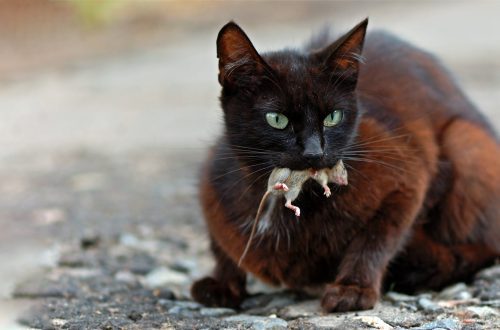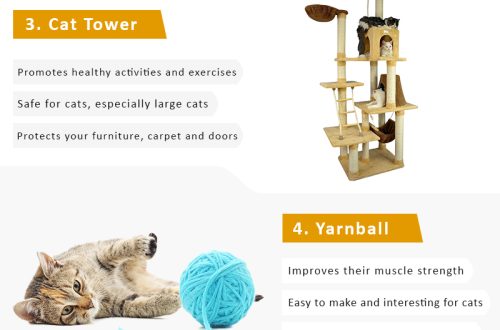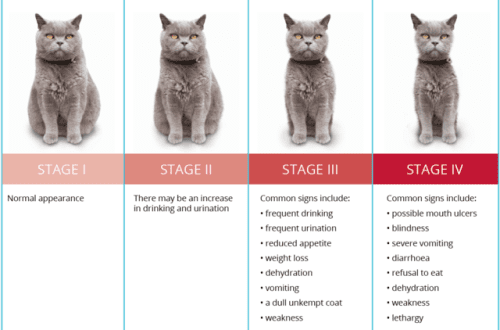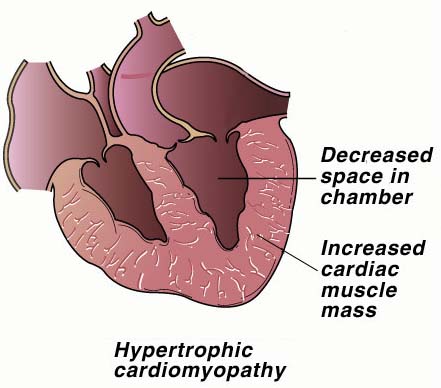
Mga problema sa kasingkasing sa mga iring. Pagkapakyas sa kasingkasing
Cats are masters of disguise when it comes to discomfort and illness: they will do everything they can to make sure you don’t know they are in pain or weak or not feeling well. This is especially true when it comes to heart disease.
Being the descendants of wild animals, cats try not to show weakness out of fear of being eaten by a predator. This instinct can make life difficult for their owners, especially “experienced newbies.” You’ve probably been advised to watch closely for possible signs of illness, but do you know what to look out for when it comes to your cat’s heart health?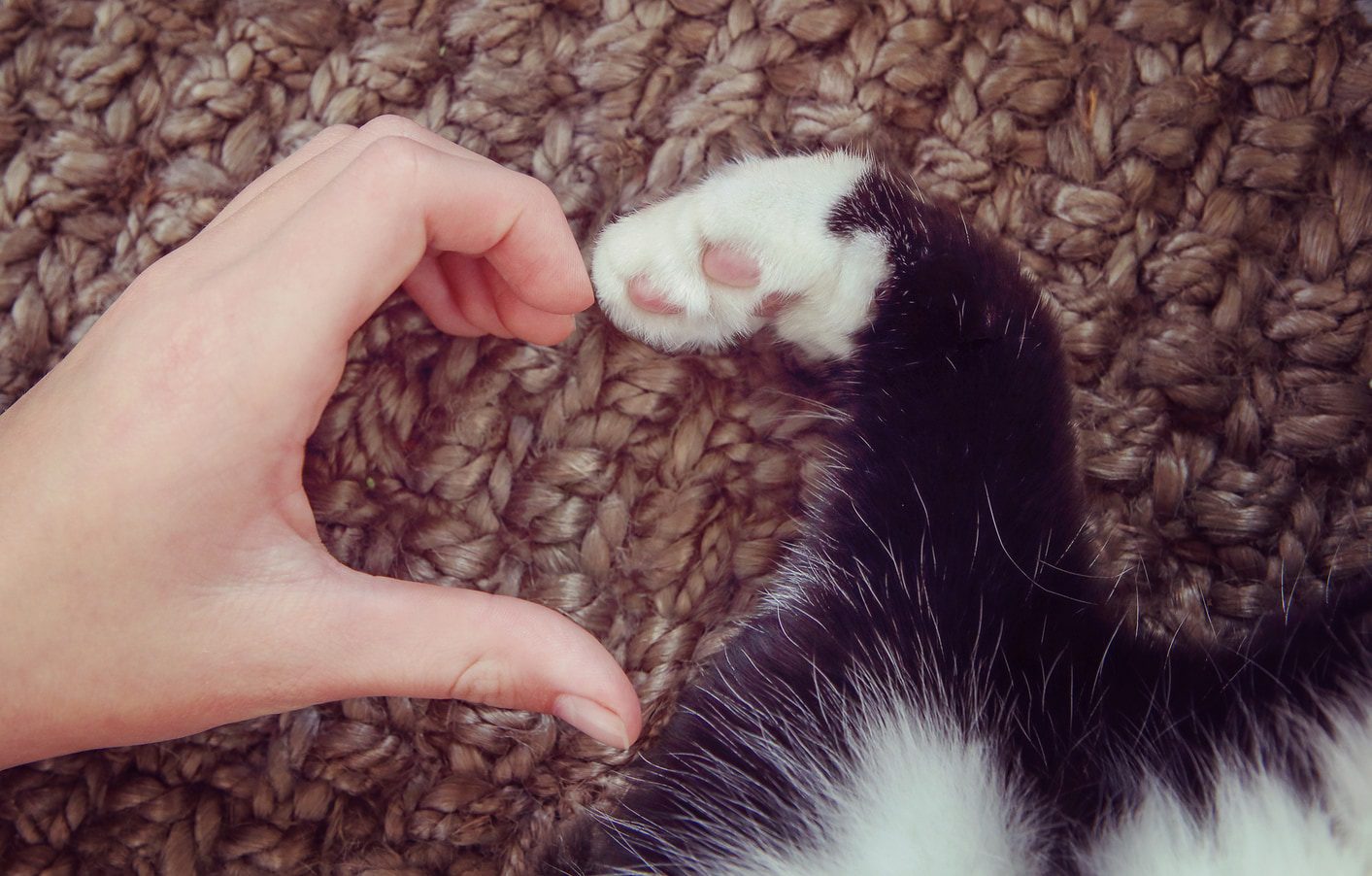
Whether it’s a human or a cat, the basics of heart health are the same for everyone: the heart is the muscle that pumps blood through the body’s vessels to deliver oxygen to all the organs and tissues of the body. If the heart stops working efficiently, oxygen deficiency can occur in the body.
Unfortunately, heart disease and problems associated with heart disease in cats tend to sneak up on us unnoticed. Weakness, difficulty walking, and difficulty breathing may be subtle and subtle.
Fortunately, a cat owner armed with basic knowledge and a reliable veterinarian can:
- Identify signs of heart disease in a cat
- Slow the onset of other symptoms
- Do everything possible to prevent the disease in general
Types of heart disease in cats
Cats can have different types of heart disease, but cardiomyopathy is the most common, according to the Center for Feline Health at Cornell University. This is a condition in which the muscles of the left atrium thicken, making it difficult for blood to pump. As a result, fluid begins to accumulate in the lungs, a process called congestive heart failure.
Hypertrophic cardiomyopathy is the most common type of cardiomyopathy, writes Cornell University. It is considered a hereditary disease and can affect cats of all ages, but is most often diagnosed in older animals. Cats can also develop cardiomyopathy due to a deficiency in the essential amino acid taurine. Pets that eat only fish (naturally low in taurine) are at risk of damaging their hearts.
Older cats can develop cardiomyopathy as a result of the gradual formation of scar tissue inside their heart. This occurs in about 10% of cases of cardiomyopathy. Cornell University also notes that congenital heart defects are rare, affecting only 1–2% of all kittens.
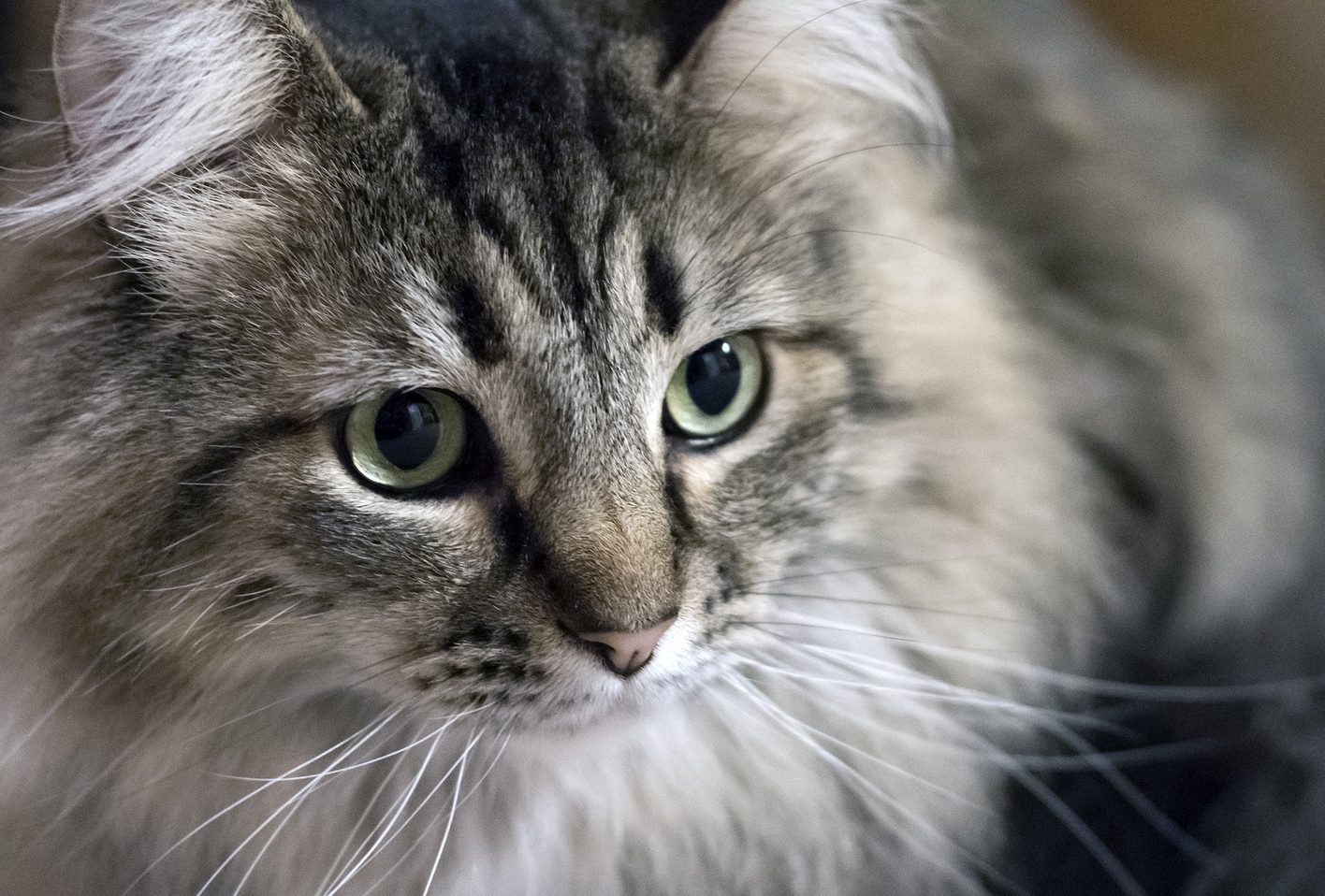
Frequently Asked Questions About Heart Disease in Cats
Unsa ang mga hinungdan nga peligro?
Genetics plays a big role in heart disease. Persians, Ragdolls, Maine Coons, and American Shorthairs are the most prone to hypertrophic cardiomyopathy, according to the American College of Veterinary Medicine, although cats of any breed can develop the condition.
Malnutrition (especially if based solely on fish) is also a risk factor for the development of cardiomyopathy. Be sure to check with your veterinarian about how to provide your cat with a balanced diet.
Can heart disease in cats be prevented?
In some cases this is possible. A balanced, wholesome diet for your cat is fundamental to preventing the development of heart disease.
How does exercise help maintain heart health?
A healthy weight is essential for an energetic and comfortable life for any animal, but avoiding obesity is especially important for those with symptoms of heart disease. Cats may experience more severe heart problems if they are overweight. Try to find time every day to play with your pet. A few minutes of play a day will be enough to help him lose weight and improve heart function.
Does nutrition play a role in the prevention of heart disease?
Apart from a complete and balanced diet in amounts adapted to the cat’s energy needs (to keep her weight within the normal range), there is no specific dietary plan recommended for the prevention of heart disease. However, if treatment is required, ask your veterinarian if any changes to your cat’s diet need to be made to help her cope with the illness.
Unsa pa ang angay nakong mahibal-an?
Diseases such as hyperthyroidism, hypertension, and anemia can seriously affect the functioning of the heart. It is important to recognize them early and treat them appropriately. If your cat is suffering from both heart disease and another health problem, treating one problem can sometimes help manage the other.
Some cats with heart disease can develop a life-threatening and very painful condition called femoral thromboembolism. This happens when a blood clot forms in the heart, which travels from the heart into the aorta and then blocks the blood flow to the cat’s hind legs. They become cold to the touch, and the skin under the coat may turn blue. During a routine checkup, ask your veterinarian to check your heart rate and heart function. And if her hind legs begin to take away, immediately seek emergency veterinary care.
Monitoring your cat’s heart health
When it comes to monitoring feline heart health, it’s important to know that veterinarians can often detect heart disease before symptoms appear. A heart murmur heard through a stethoscope is the most common clue. Blood tests and a complete physical examination at least once a year are very effective in screening your pet for other conditions that may affect his heart.
We all know that going to the veterinarian is not easy, but what better reason than to keep your cat’s heart in good shape? The better you monitor your pet’s heart health, the longer she will delight you.



